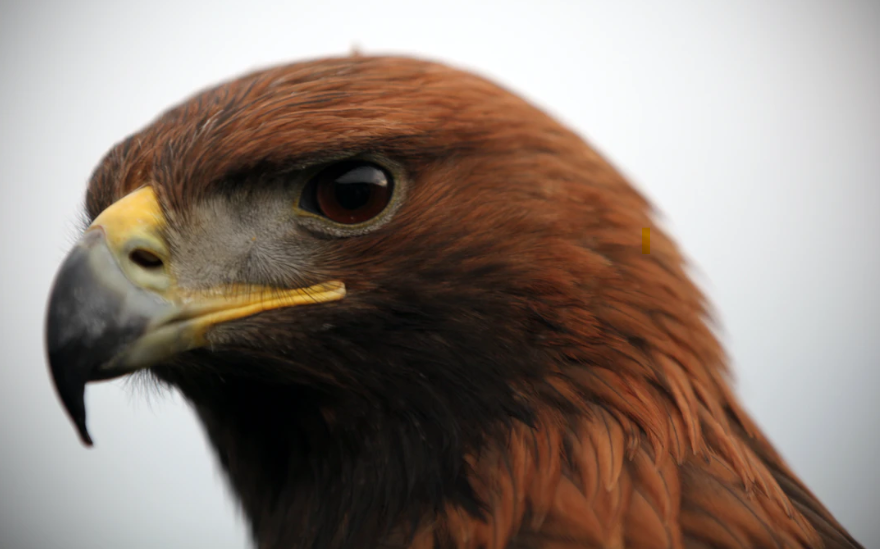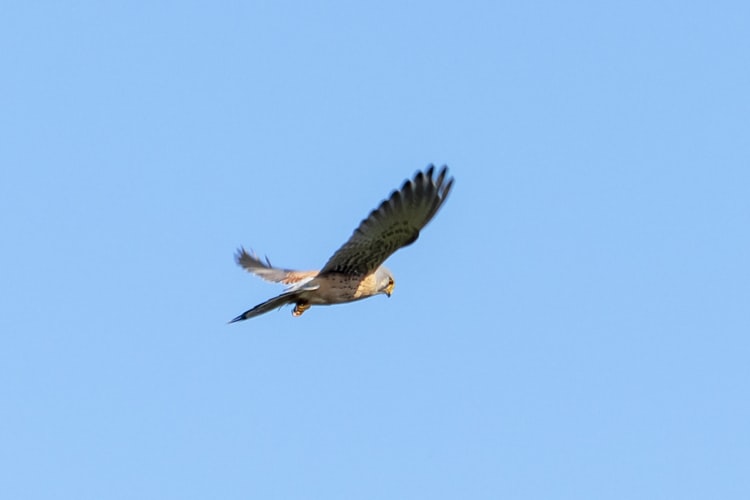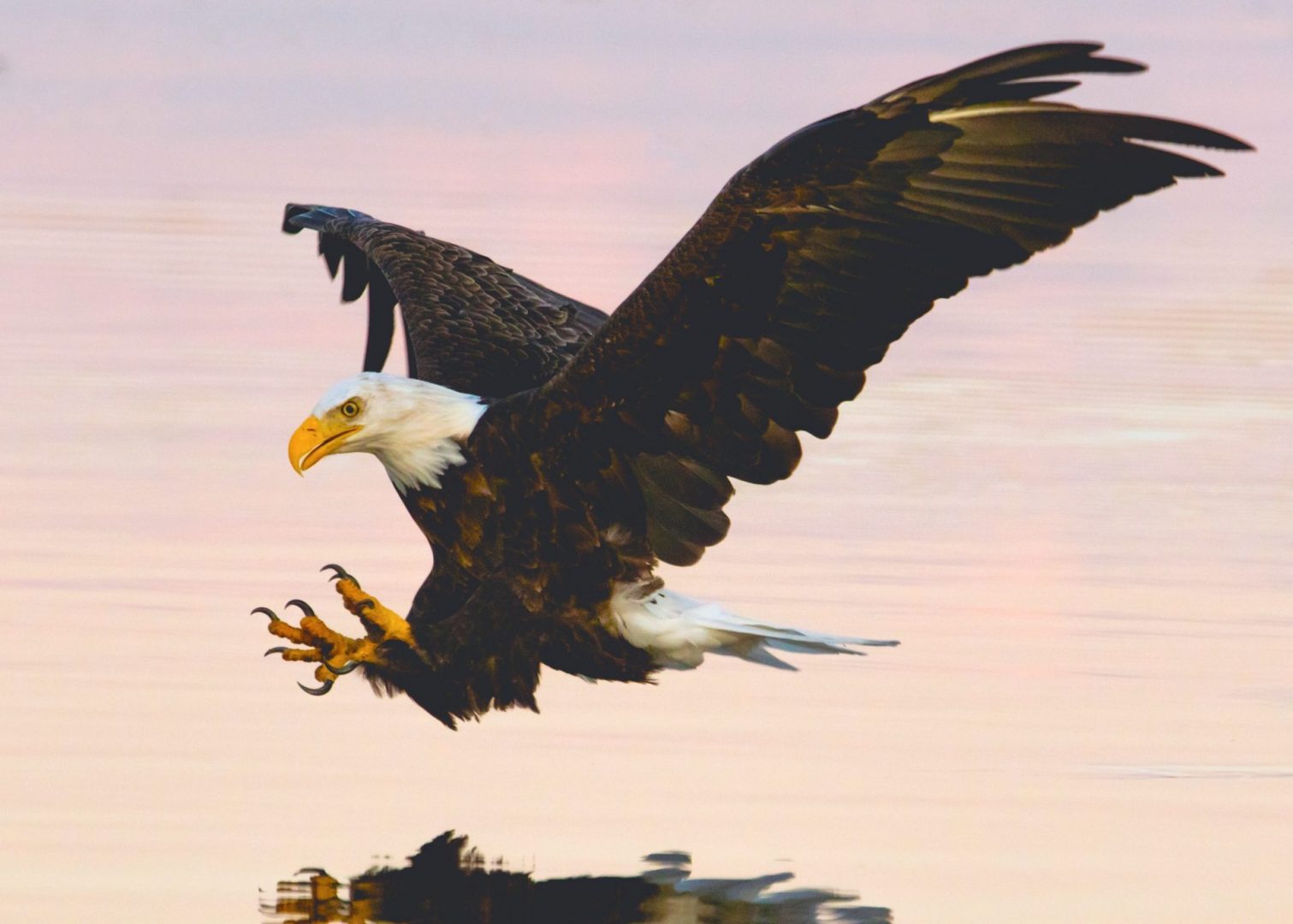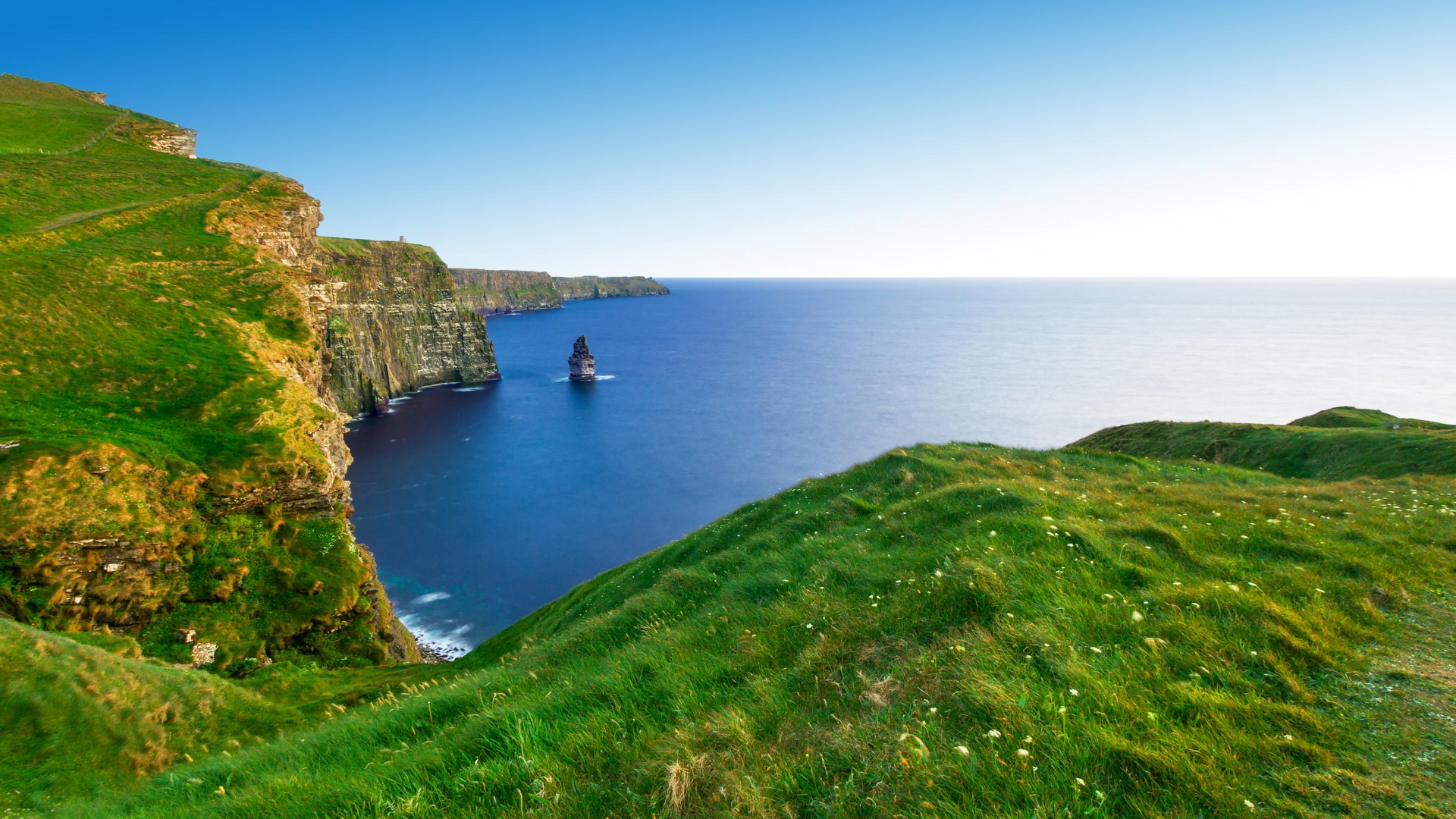
Raptors is a collective term for birds of prey, who primarily feed on relatively large vertebrates. Raptor species populations have seen a significant decline on a global scale over the past century. This decline can be attributed to human pressures, mainly persecution and modification of habitats. However, the effects of human pressures are not only limited to raptor species, with the ongoing extinction event known as “sixth extinction” or “Anthropocene” currently at hand. Raptor species are at particular risk due to their low population density and long generation times. These factors, along with their elusive behaviour, make the conservation of raptors extremely challenging. However, as apex predators and a flagship species, raptors, through conservation measures, can contribute greatly to the health of the ecosystems they inhabit, and thus their conservation is vital.
Such conservation measures include the development and enforcement of legislation protecting species and the reintroduction of raptor species into areas where they previously inhabited. Raptors are protected under the Birds Directive (Directive 2009/147/EC), the Wildlife Act (1976) and the Wildlife (Amendment) Act (2000). In Ireland, there have been three reintroduction programmes to date:

Golden Eagle
Golden Eagle (Aquila chrysaetos) was reintroduced into Ireland in 2001 by the Golden Eagle Trust and the National Parks and Wildlife Service. These species had been absent from Ireland since 1912. The Irish population, of about 20-25 individuals, is confined to Donegal, with pairs currently found in the Derryveagh and Bluestack Mountains and the Glencolumbkille and Inishowen Peninsulas. In 2017, the first Irish-bred Golden Eagle for over a century hatched and reared a chick in the wild in Ireland. Having reached this milestone, it is now hoped that the population can stabilise and establish itself in a wider range along the northwest of the country.

Red Kite
Red Kite (Milvus milvus) has seen two separate attempts to reintroduce the species into Ireland. Red Kite hicks were reintroduced in Wicklow in 2007 and Dublin in 2011. In Wicklow, the first Irish-hatched Red Kite reared a brood of young in 2012, signifying the first time a wholly native red kite had been recorded breeding in Ireland since the early 19th century. Reintroduction attempts in Wicklow were thwarted by poor weather conditions during the 2012 breeding season, with only 11 of 24 pairs breeding successfully and the destruction of at least six nests. However, as Red Kites start breeding from two years of age, with the Wicklow population has stabilised since 2012. The population of Red Kite released into Dublin have fared well. 53 Red Kites were released in 2011 at various strategic locations in Fingal, with three chicks hatching in 2016 and six established pairs in the area. Unlike the golden eagle in Donegal, Red Kites have been seen to travel around the country, with an individual belonging to the Wicklow population being recorded over the skies of Co Antrim.

White-Tailed Sea Eagle
White-Tailed Sea Eagle (Haliaeetus albicilla), Ireland’s largest bird, was first reintroduced in 2007 in Killarney National Park. A number of young eagles, donated by the Norwegian government, were released each spring for a number of years into the site. The reintroduction programme initially suffered, as birds were poisoned under the misconception that they feed on livestock. The population has since stabilised and expanded, with breeding pairs now established in Cork, Kerry, Tipperary and Galway. There have been no confirmed poisonings in Ireland since 2015, however there was an inconclusive case in 2018 and the lack of reporting of incidents may raise some questions. Irish eagles have also begun travelling outside the country, with seven individuals having ventured to Scotland and in 2019 the first Irish-bred eagle travelled to England. This level of travel is expected for White-Tailed Sea Eagles, especially during their second year, and the fact that all individuals returned to their breeding sites in Ireland indicates the species has established in the area.



